
As emergency services continue the long, arduous process of recovering all the bodies of people who died in the Grenfell Tower disaster on Wednesday – a process that could take weeks – attention is already turning to the public inquiry promised by prime minister Theresa May.
Separately, as the number of those confirmed to have died reached 30, the Metropolitan police confirmed that they are treating the site as a crime scene as a criminal investigation gets underway.
And anger is rising from residents, as protests and marches took place on Friday night in response to a perceived lack of action and support by the authorities.
Here are just some of the most pressing questions that need answering over Grenfell.
1. What role did the cladding play in the rapid spread of the fire?
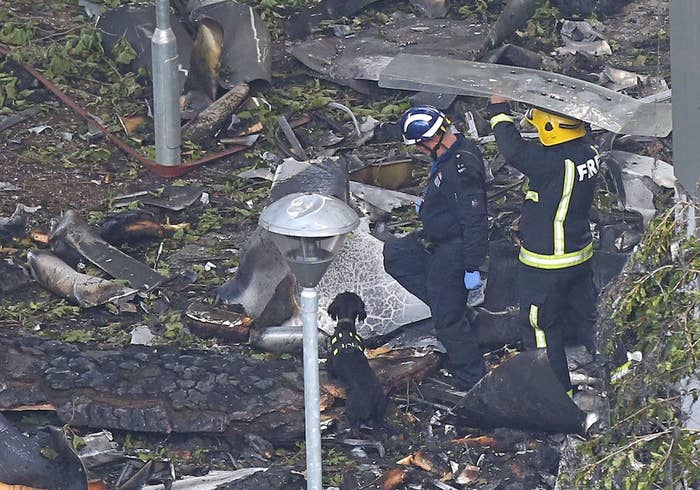
Any number of causes and contributing factors may have led to the the tragedy unfolding as quickly as it did.
Several eyewitnesses describe seeing the side of the Grenfell Tower rapidly burning, and told of how it took a matter of minutes for the flames to reach the top of the building. This has led to speculation from onlookers and fire safety experts that the particular kind of cladding that was used played a role in speeding up the spread of the fire.
One resident said he saw the cladding – panels attached to the outside walls to provide rain protection and insulation as part of a recent refurbishment – "going up like a match".
The building was re-clad in late 2015, at a cost of £2.6 million, and it has emerged that the the type of rainscreen cladding used – so-called aluminium compound material (ACM), with a plastic core – was less fire-resistant than other, similar varieties of rainscreen that have a mineral core.
George Clarke, an architect and broadcaster who saw the fire in progress, told BBC2's Newsnight on Wednesday: "I don’t care what anyone says, there’s no way that that fire should spread that quickly on a newly refurbished building.
"The cladding on the outside and the insulation was just peeling off like you’d peel a banana. It was burning – it was fully on fire. There’s a new cladding system on the outside, and it’s like a new skin and there’s an air gap and insulation behind that and to me it just looked like that was a fantastic chimney for the fire to rage round."
The inquiry may look at other tower fires around the world in which the same kind cladding was present.
And while there's currently no evidence that the materials used on Grenfell weren't legal and in keeping with both European and UK building regulations, there are several variations in how cladding is installed that can have a bearing in the event of a fire.
This graphic from a fire safety academic's presentation shows how the cavity between cladding insulation and a wall… https://t.co/RoM9usaqRK
The cladding must be secured on to a metal structure if the material is to keep its UK Class 0 fire safety rating, which itself is derived from EU standards.
A test by the Fire Protection Association (FPA) in 2014-15 found that cladding with a plastic core can be made safer if the insulation is completely encapsulated by the wall and edge detail of the aluminium sheets. If this is done, researchers said, fire can be limited to a "melt-out" area.
But the test also found that if building features get in the way, such as vents or pipes, then:
...a chimney effect may quickly develop that will cause the very rapid consumption of the insulation and expansion of the damage area. If these inbuilt features are prevalent in the building, such as bathroom vents located one above another on multi-storey apartment blocks then there is scope for ground to roof fire spread by external means with ingress at each encountered aperture.
The existence or not of this "chimney effect", which was described by eyewitnesses at Grenfell on Wednesday, is something investigators and a public inquiry will be looking out for.
Dr Jim Glockling, technical director at the FPA, said: "Without knowledge of the specific materials used we cannot say at this early stage if any of the conclusions above are relevant to this tragic incident, but the increasing use of combustible materials in construction needs to be addressed if further events are to be avoided.
“It is the Fire Protection Association’s view that building regulations and its guidance in Approved Document B [government fire safety rules] have not included an appropriate impact analysis of the safety and resilience consequences introduced by the adoption of materials and methods with poor fire performance capability.
"Many insulating materials may be used... it is a matter of choice, and clearly some choices are better than others."
2. Where did the materials used in the refurbishment come from and who ordered them?
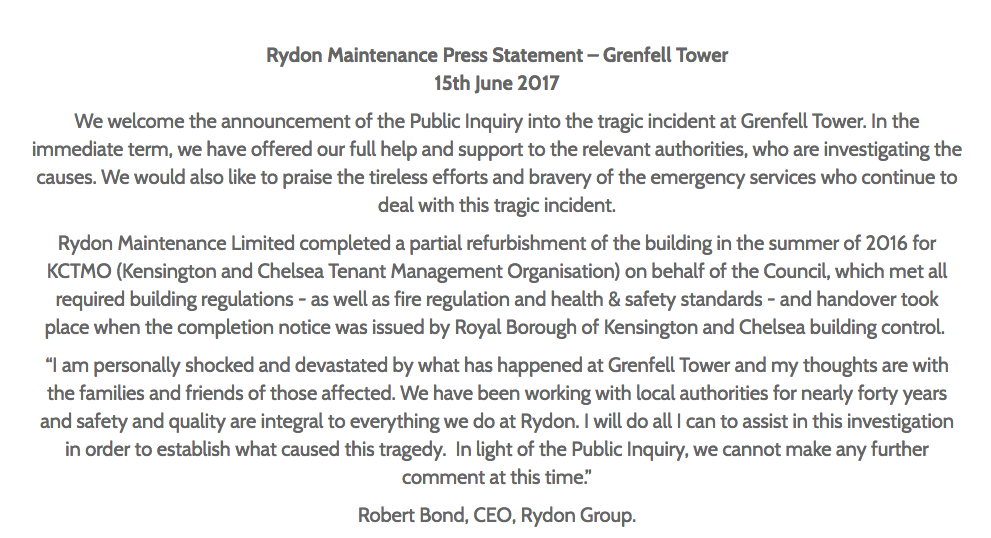
The refurbishment of Grenfell, part of a £67 million regeneration scheme across Kensington and Chelsea, was completed in July 2016 and carried out by regeneration company Rydon.
Rydon, which has done similar refurbishment jobs across London, was commissioned by Kensington and Chelsea Tenant Management Organisation (KCTMO). While the building is ultimately owned by the Royal Borough of Kensington and Chelsea, it has since 1996 been wholly managed by KCTMO, a private company that manages all social housing in the borough.
Planning documents show Rydon then subcontracted a number of other firms to carry out specific tasks, including Harley Curtain Wall, which provided the cladding, and which was liquidated and its assets bought by a new company, Harley Facades, last year.
Both Rydon and Harley have said they will fully cooperate with the public inquiry and that the work completed fulfilled fire safety regulations.
This complex chain of commission will come under great scrutiny during the inquiry process, and questions will be asked about what levels of checks and safeguards were in place during the planning and delivery processes.
3. Why did the type of cladding change to a more flammable type of material during the planning process?
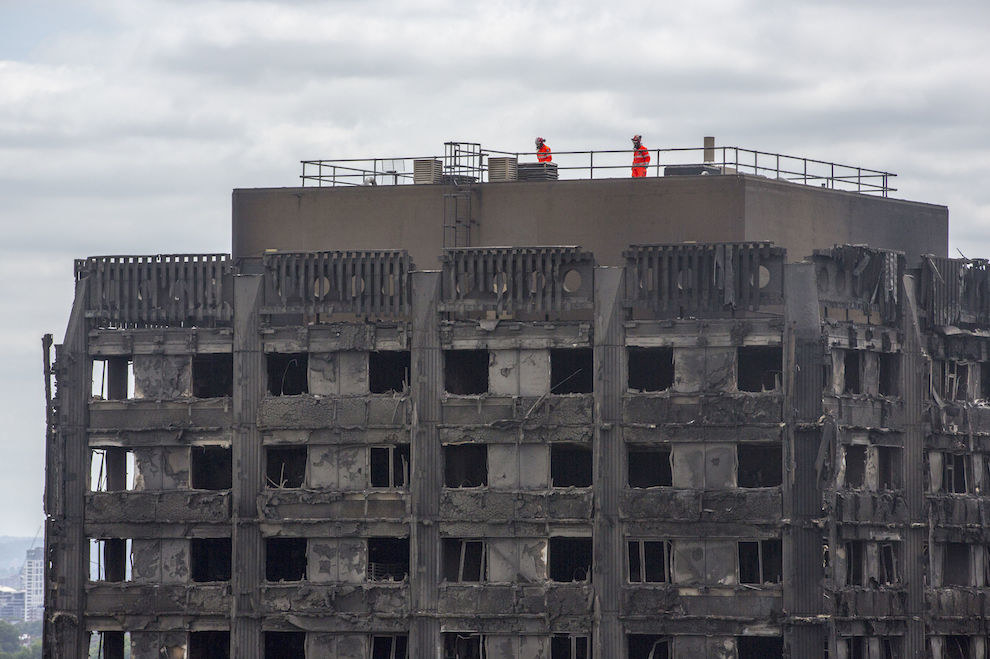
The building ended up with Reynobond ACM cladding with a polyethylene or PE core. As The Times reported on Friday, and later confirmed by The Guardian, this was £2 per square metre cheaper than the fire-resistant Reynobond cladding.
BuzzFeed News reported on Wednesday that in the original planning application for the refurbishment project in 2012, the cladding material listed was a zinc shell with a Celotex ISO core, which has a better fire rating.
However, on 30 September 2014, when the developer submitted details of the materials it would use, the cladding type had changed to ACM with an unspecified core.
Who made this decision, and to what extent was it scrutinised by the council's planning committee, or by KCTMO? Was fire safety considered when that change proposed? And was cost a factor in that decision?
4. Were previous warnings ignored? And if so, by whom?
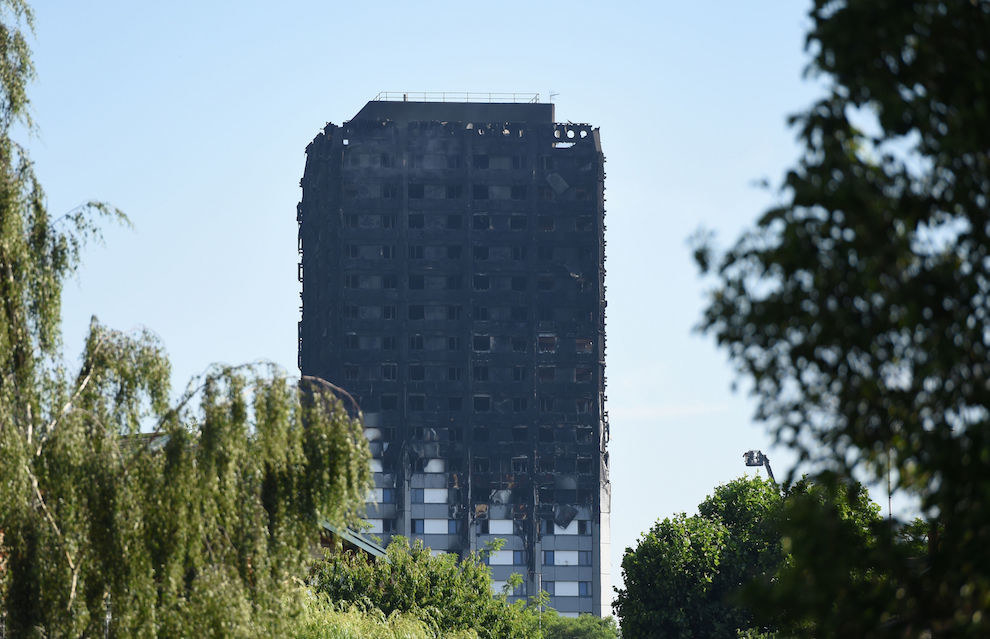
In the coroner's report into the deaths of six people in the Lakanal House tower fire in Camberwell in 2009, Judge Frances Kirkham made 30 separate recommendations, which were sent to Southwark council, the Department for Communities and Local Government, and the London Fire Brigade.
Many of these were acted upon and Southwark was later fined £570,000 after pleading guilty to four criminal charges in relation to fire safety.
But the coroner also pointed out that building regulations – specifically those listed under the so-called Approved Document B – were contained in a "difficult document to use" and called for it to be amended to:
Provide clear guidance in relation to Regulation B4 the of the Building Regulations, with particular regard to the spread of fire over the external envelope of the building and the circumstances in which attention should be paid to whether proposed work might reduce existing fire protection.
She also requested that the regulations be updated so they can be understood by:
The wide range of people and bodies engaged in construction, maintenance and refurbishment of buildings, and not just to professionals who may already have a depth of knowledge of building regulations.
The document, last updated in 2010, was due to be revised by the then-housing minister Gavin Barwell, now May's new chief of staff after he lost his seat in the snap election.
The coroner's report came out in 2013 but this review was repeatedly delayed – the Department for Communities and Local Government told the Fire Risk Management Journal in March this year that a review of this regulation would happen "in due course".
Labour MP Jim Fitzpatrick, an ex-firefighter, told LBC radio this week: "You’d have to ask them why they’ve sat on it for four years."
Camberwell and Peckham MP Harriet Harman, whose constituency includes Lakanal House, said after the Grenfell fire that warnings had not been acted on.
5. Were residents' concerns about fire safety ignored?
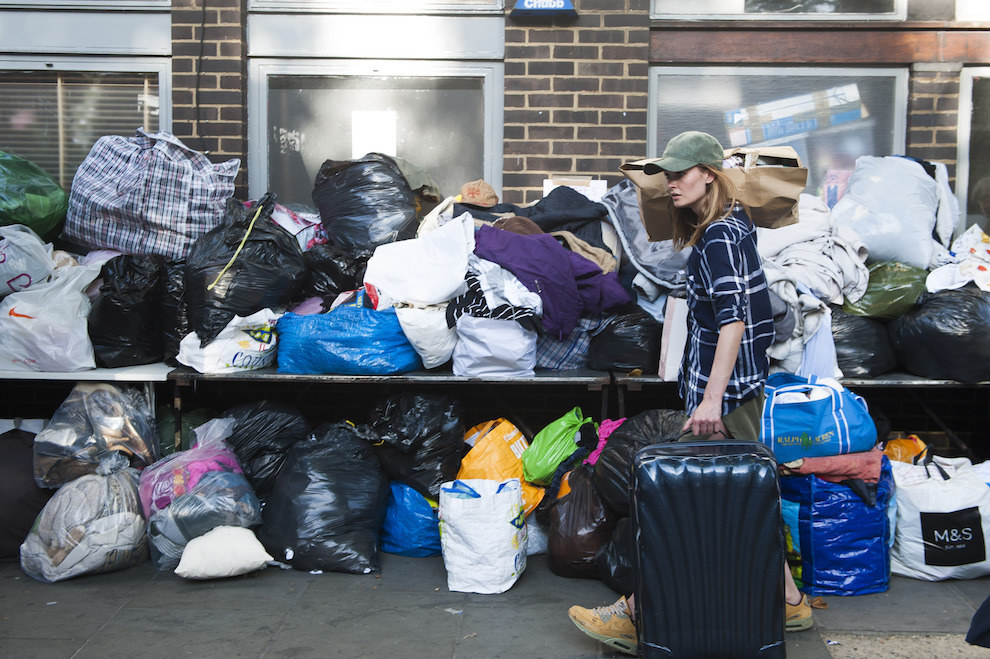
On 10 separate occasions in the last four years, the Grenfell Action Group had raised serious questions about fire safety in the building and the ramifications of the then-ongoing refurbishment.
On 28 January 2013, in the first of these, the group's blog noted that on several occasions the emergency access routes into the building were being blocked.
With chilling prescience, on 20 November 2016, the group wrote: "It is a truly terrifying thought but the Grenfell Action Group firmly believe that only a catastrophic event will expose the ineptitude and incompetence of our landlord, the KCTMO, and bring an end to the dangerous living conditions and neglect of health and safety legislation that they inflict upon their tenants and leaseholders."
The blog details how the group frequently complained to KCTMO and the council. It also details how it was served with a legal warning by the council in relation to "direct accusations about unfounded criminal action".
A former chair of the Grenfell Residents' Association said he raised numerous fire safety concerns that, he said, were not investigated.
David Collins of #GrenfellTower residents association gives a shocking account of the local councils refusal to hee… https://t.co/Hf1ahJGdSm
So how were residents' complaints handled? And what action was taken?
6. Isn't an inquest better than a public inquiry anyway?
Solicitor @khan_sophie warns @BBCNewsnight that everyone should be demanding inquests, not a public enquiry, into G… https://t.co/c67fmf7rAM
Because an inquiry has been called, that means there will now most likely not be an inquest into the deaths of the people who died in the fire. Normally an inquest is held into every unusual or unexpected death, but a public inquiry of this scale would supersede it.
Debate rages over whether this is a good thing, or whether it denies the relatives of the deceased the opportunity to fully hold those responsible to account.
Sophie Khan, who represented the families of the six people who were killed in the Lakanal House fire in 2009, told Newsnight on Thursday that the government would be subject to much more scrutiny in an inquest, as was seen during the long-running Hillsborough inquest that concluded last year.
"In an inquest they lose control of what a jury verdict will do... [The residents] should really be demanding an and inquest and saying 'we don't want a public inquiry', and I'm very concerned by how fast Theresa May declared a public inquiry. What is it she knows that needs to be hidden?"
A petition calling for an inquest instead of an inquiry has reached 7,000 signatures.
But human rights barrister Adam Wagner, who has represented people at various high-profile inquiries, said inquiries could be more effective in "dealing with wider systematic issues".
2. I don’t really agree with the people saying inquests are better for victims than public inquiries. That is not my experience
11. Ultimately, Public Inquiry probably more suited vehicle to dealing with wider systemic issues. That’s what they are for. /end
7. Who is liable for all this?
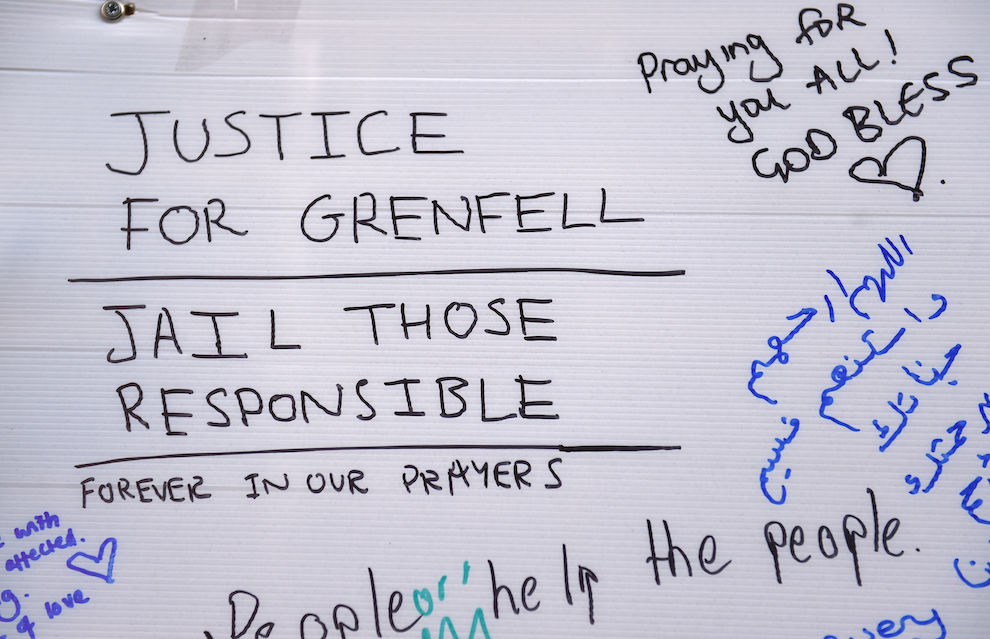
This will be one of the early focuses of the inquiry process.
Adrian McClinton, a solicitor at Coffin Mew, told The Times: "There may have been serious failings by the management company, acting on behalf of the local authority, that may give rise to … liability in contract to the tenants of the block and in negligence.
"As the management company was acting on behalf of the landlord, any primary liability would initially fall on the local authority. Given the amount of concern raised by the resident's associations prior to yesterday's fire, it may be difficult to claim that the local authority did not know about existing problems, if these turn out to be relevant.
"Knowledge of any problems and not taking appropriate steps and/or not carrying out regular inspections may also invalidate any existing insurance held by the local authority."
McClinton added that corporate manslaughter charges are "notoriously" difficult to bring.
But barrister Jolyon Maugham QC, who was in North Kensington offering free legal help to families this week, told BuzzFeed News: "I can't think of another occasion where people were so clearly and explicitly warned of a risk that led to a catastrophe of this scale.
"Unless we're going to abandon the notion of corporate manslaughter and the notion of their being proper meaningful accountability through the criminal law for serious regulatory breaches, you've got to think that that has to be on the table."
Additional reporting from Tom Phillips and Paul Curry
